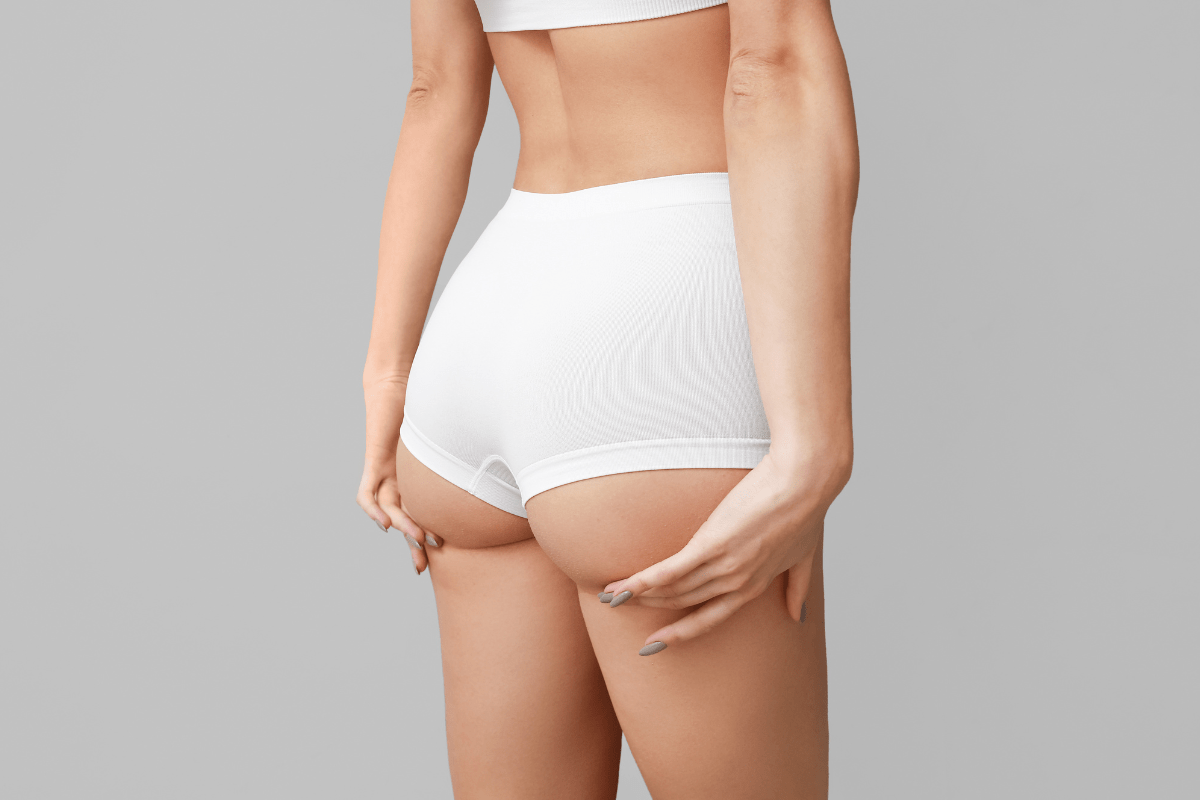
Join now for exclusive pricing & express shipping
Are marionette lines becoming more prominent on your face, leaving you feeling self-conscious about your appearance? Do these lines often make you appear older or convey unintended emotions like sadness or fatigue? Fear not; advancements in cosmetic dermatology offer a variety of solutions to address this common concern.
In this guide, we’ll explore how dermal fillers can effectively treat marionette lines. We’ll cover how they work, compare different types available, and provide insights to help you decide on the best option for rejuvenating your facial appearance.
Marionette lines, also recognized as puppet lines or nasolabial folds, are facial wrinkles that typically form as a result of aging, loss of skin elasticity, and changes in facial fat distribution. These lines extend from the corners of the mouth downward towards the chin, resembling the lines often seen on marionette puppets.
These lines can become more noticeable over time due to factors such as repeated facial expressions, sun exposure, smoking, and genetics. They can vary in severity from fine lines to deep creases, and they may contribute to an aged or tired appearance.
Marionette lines are a common concern for many individuals seeking facial rejuvenation. Various cosmetic procedures, including dermal fillers, can be utilized to reduce the appearance of marionette lines and restore a more youthful appearance to the face.
What is the best filler for marionette lines? Dermatologists often turn to several top recommendations when tackling these lines. Let’s explore some of these ideal choices for effectively addressing this common cosmetic concern.
Hyaluronic Acid Fillers, including Juvederm Ultra XC, Restylane Lyft, and Belotero Balance, are popular choices for addressing marionette lines. Hyaluronic acid, naturally found in the body, serves to hydrate and plump the skin. These dermal fillers, composed of hyaluronic acid, not only replenish lost volume but also smooth out wrinkles, offering noticeable improvements in the appearance of marionette lines.
Calcium Hydroxylapatite Fillers, exemplified by products like Radiesse, are another type of dermal filler commonly utilized for treating marionette lines. Calcium hydroxylapatite is a biocompatible substance found naturally in bones, ensuring its safety for use in the body. These fillers work by providing immediate volume to the treated area while also stimulating the production of collagen over time. This dual-action approach leads to both immediate and long-lasting results, effectively softening and minimizing the visibility of marionette lines.
Poly-L-Lactic Acid Fillers, such as Sculptra, are designed to gradually address marionette lines by activating the body’s natural collagen synthesis processes. Derived from a biocompatible synthetic substance, Poly-L-Lactic Acid has a long history of safe medical use. When injected into the skin, these fillers slowly stimulate collagen production over time. This gradual process leads to an increase in collagen levels, resulting in a subtle and natural enhancement in the look of marionette lines over several months.
Polymethyl Methacrylate Fillers, such as Bellafill, offer a permanent solution for reducing the appearance of marionette lines. These fillers consist of tiny, biocompatible microspheres suspended in a collagen gel. By providing structural support and volume to the treated area, polymethyl methacrylate fillers effectively smooth out deep lines and wrinkles. Due to their permanent nature, these fillers offer enduring results, making them a suitable choice for individuals looking for a lasting solution to their marionette lines.
Choosing the right fillers involves considering several important factors to ensure optimal results. These factors include:
Different fillers are equipped to target specific areas of the face. Certain fillers excel in addressing deep wrinkles or loss of volume in the cheeks, whereas others are better suited for fine lines around the eyes or lips.
Fillers are composed of diverse substances, including hyaluronic acid, calcium hydroxylapatite, poly-L-lactic acid, or polymethyl methacrylate. Each type of filler has unique properties and benefits, so understanding their compositions is crucial in selecting the most appropriate option tailored to your specific requirements.
How long do fillers last for marionette lines? Some marionette line fillers provide temporary results that last several months, while others offer longer-lasting or even permanent outcomes. Consider your preferences and lifestyle when choosing between fillers with different durations of effectiveness.
The skill and expertise of the injector can significantly impact the outcome of filler treatments. It’s necessary to choose a skilled and experienced healthcare provider who understands facial anatomy and can perform injections safely and effectively.
Before undergoing a marionette filler treatment, discuss any allergies or sensitivities you may have with your healthcare provider. While rare, allergic reactions to filler ingredients can occur, so it’s crucial to select a filler that is safe for you based on your medical history.
Clearly communicate your aesthetic goals and expectations with your healthcare provider during the consultation process. This will help them recommend the most suitable filler type and treatment plan to achieve your desired results.
By carefully considering these factors and consulting with a qualified healthcare provider, you can make an informed decision and choose the right fillers to address your specific concerns and achieve natural-looking, satisfying results.
Among fillers for marionette lines, Polymethyl Methacrylate (PMMA) fillers, like Bellafill, tend to last the longest. Bellafill’s composition of biocompatible microspheres in a collagen gel provides enduring support, offering results that can last for several years.
Both Restylane and Juvederm are popular hyaluronic acid fillers used for facial rejuvenation. The choice between them often depends on individual preferences, desired results, and the recommendation of a qualified healthcare provider.
The amount of filler needed for marionette lines varies based on factors like their depth and desired correction level. Typically, 1 to 2 ml of filler suffices for mild to moderate lines, but individual consultation with a healthcare provider is essential for precise determination.
Yes, it’s common to experience mild swelling or bruising after filler injections, but these side effects typically subside within a few days. Applying ice packs and avoiding strenuous activities can help minimize swelling, while using topical treatments specifically designed to reduce bruising may be beneficial.